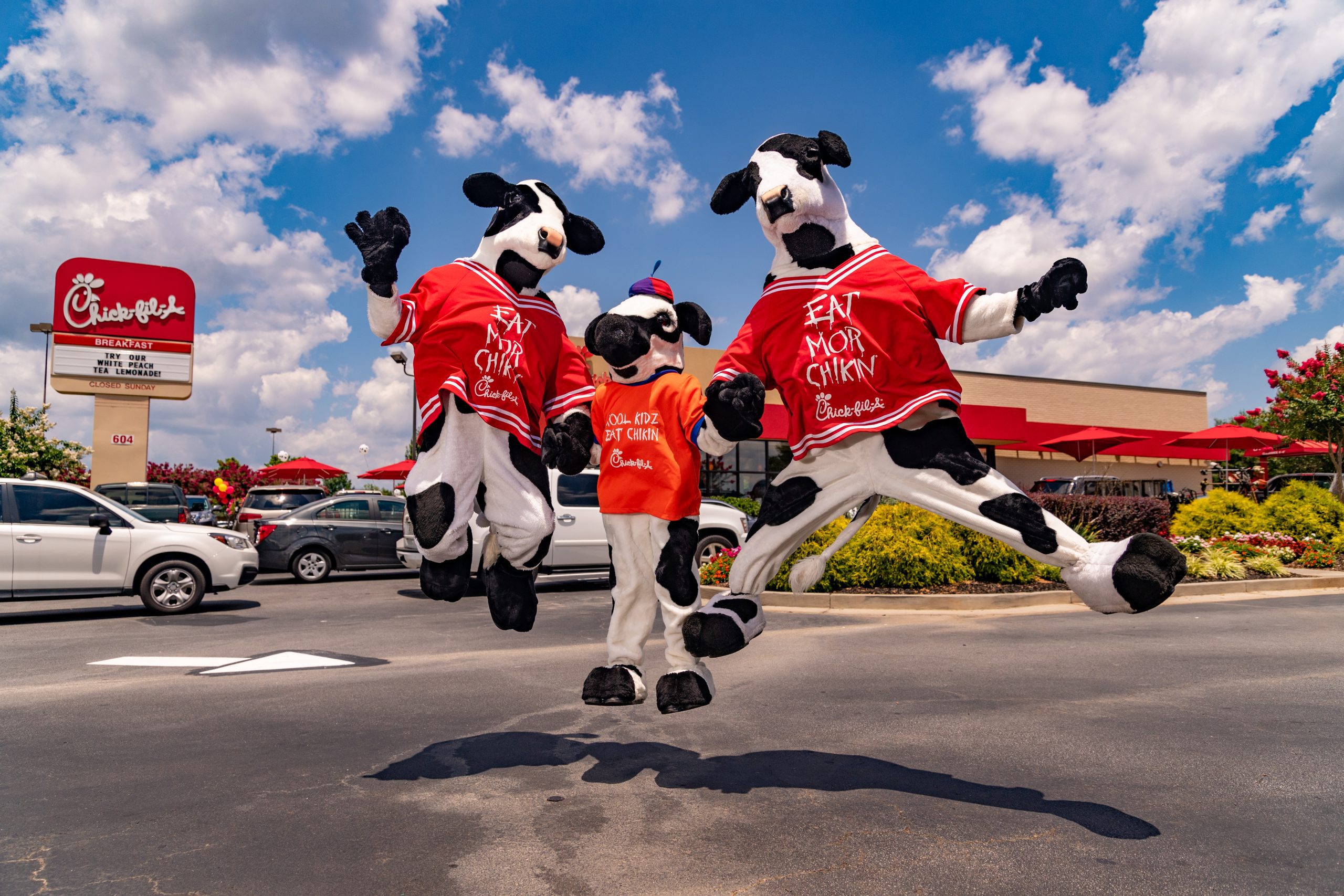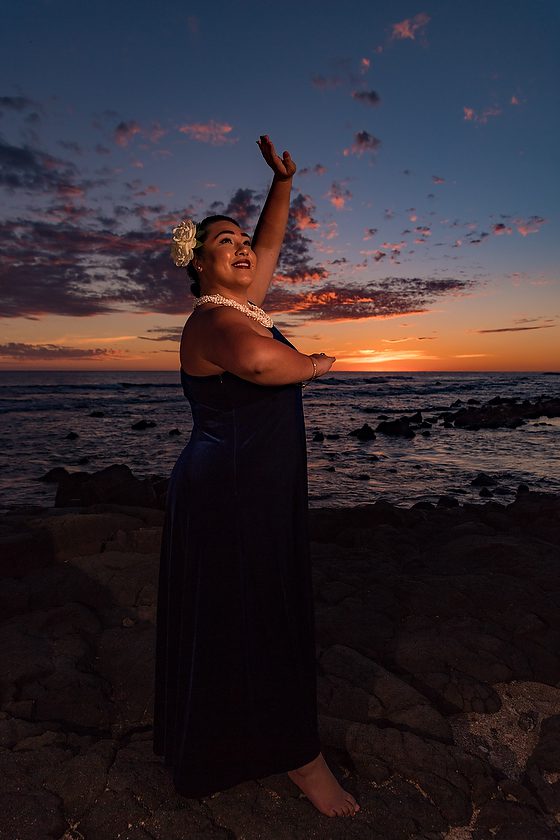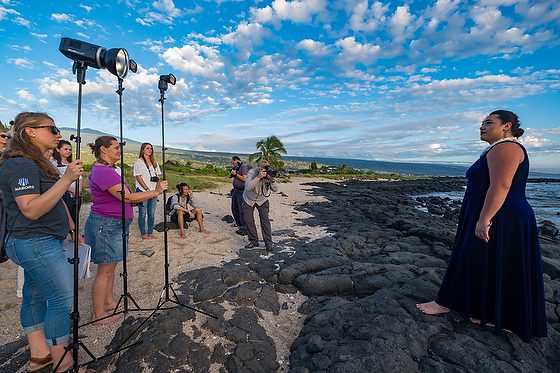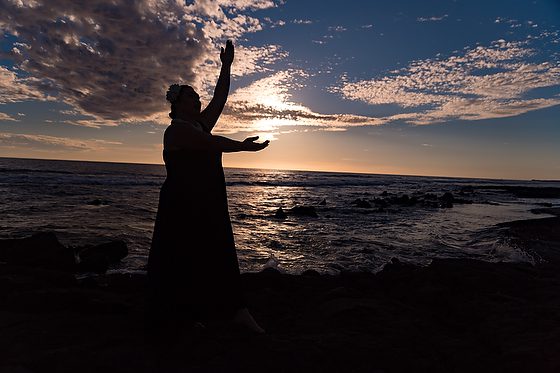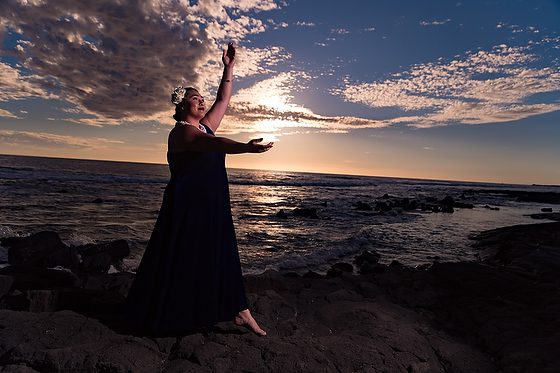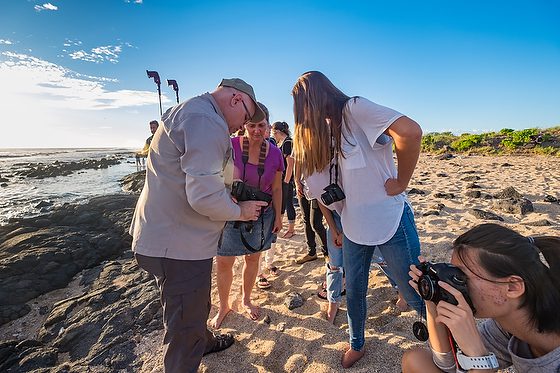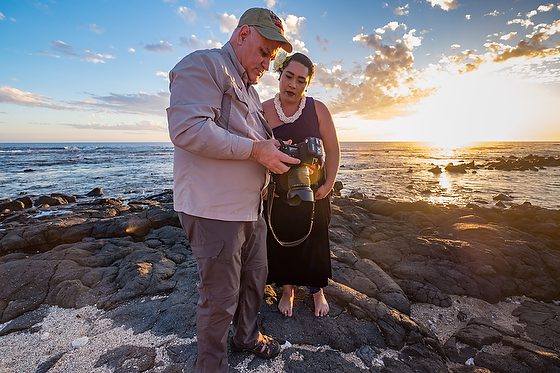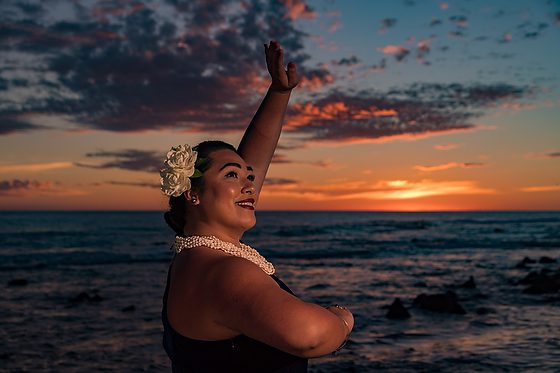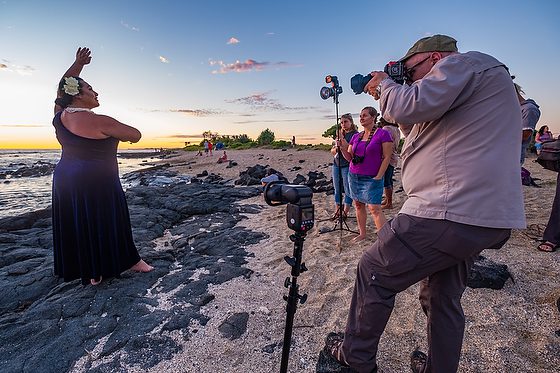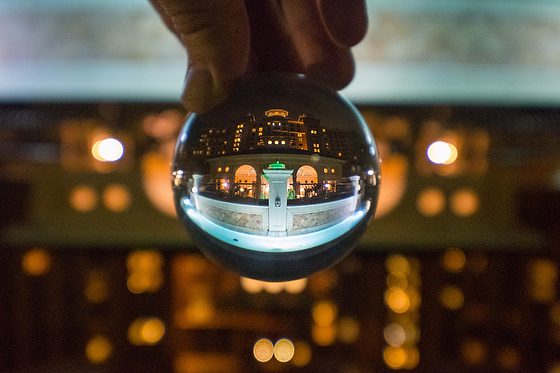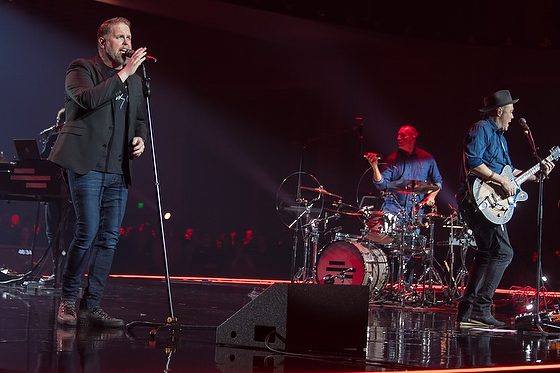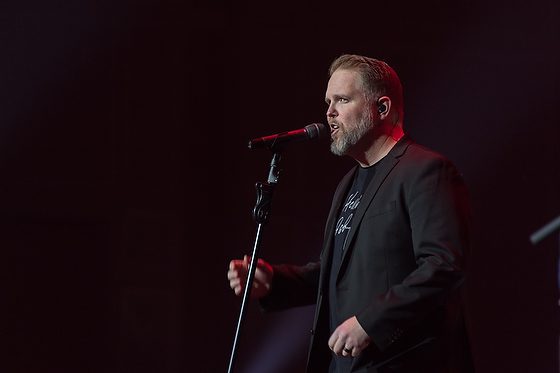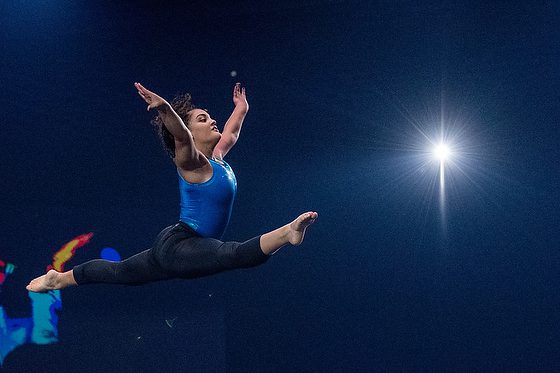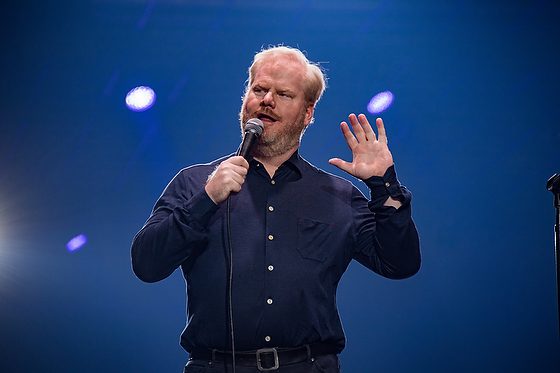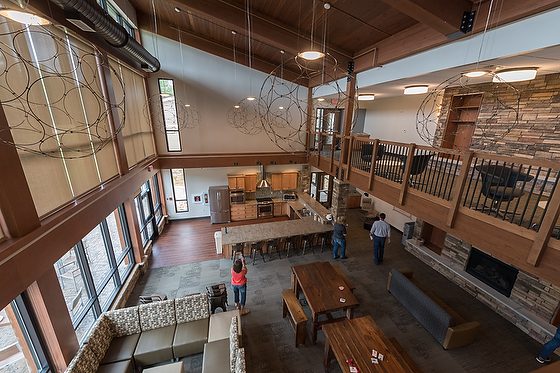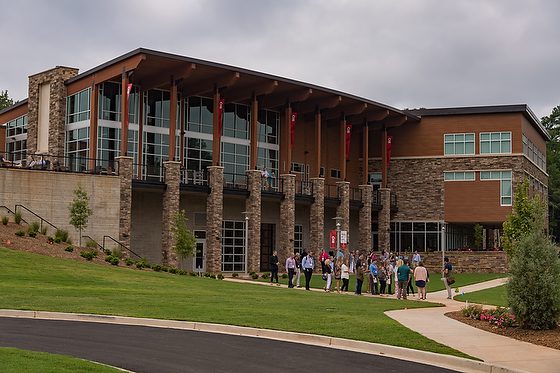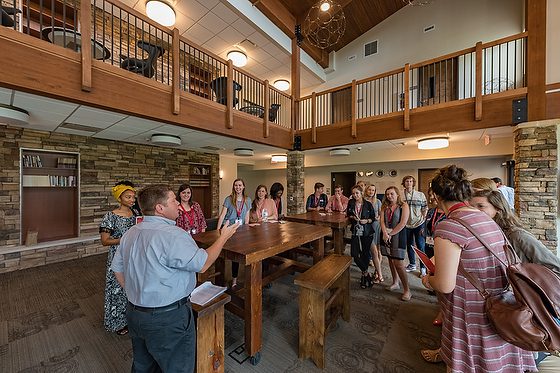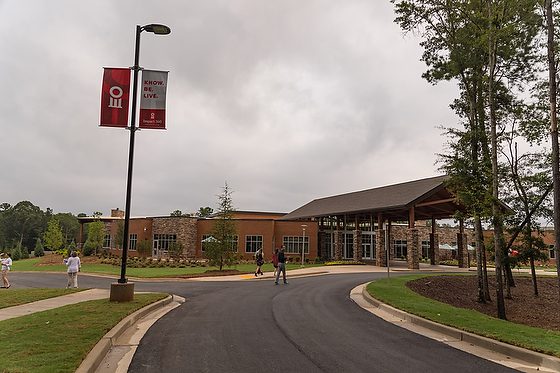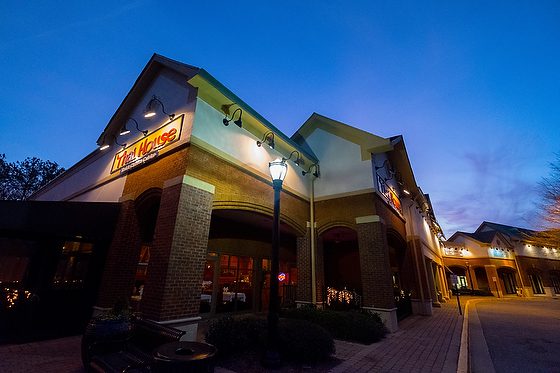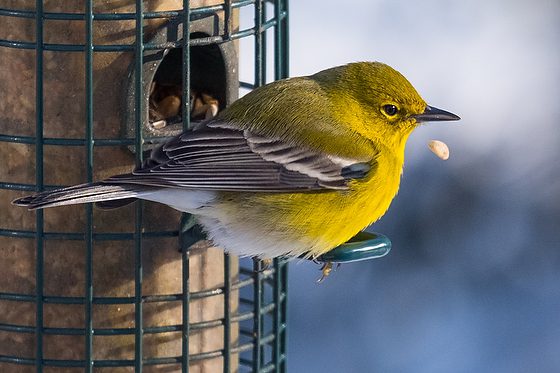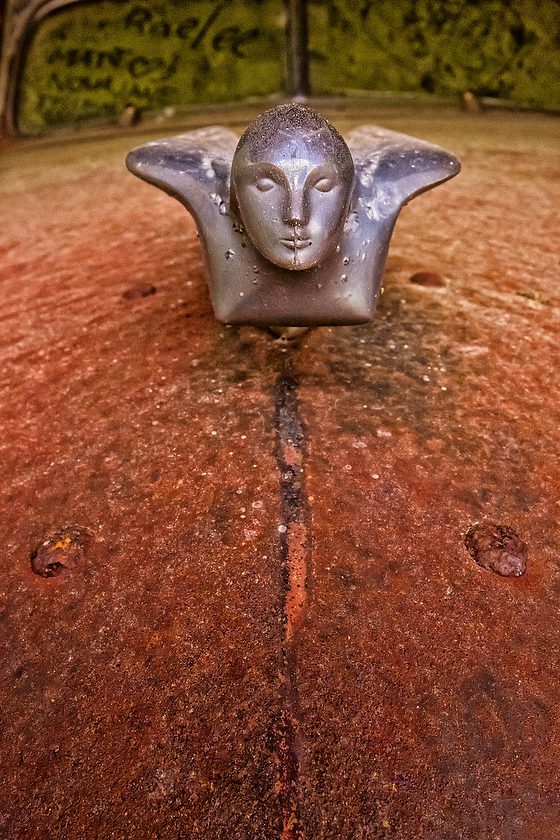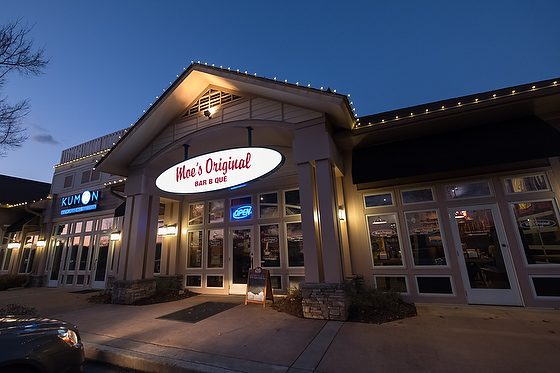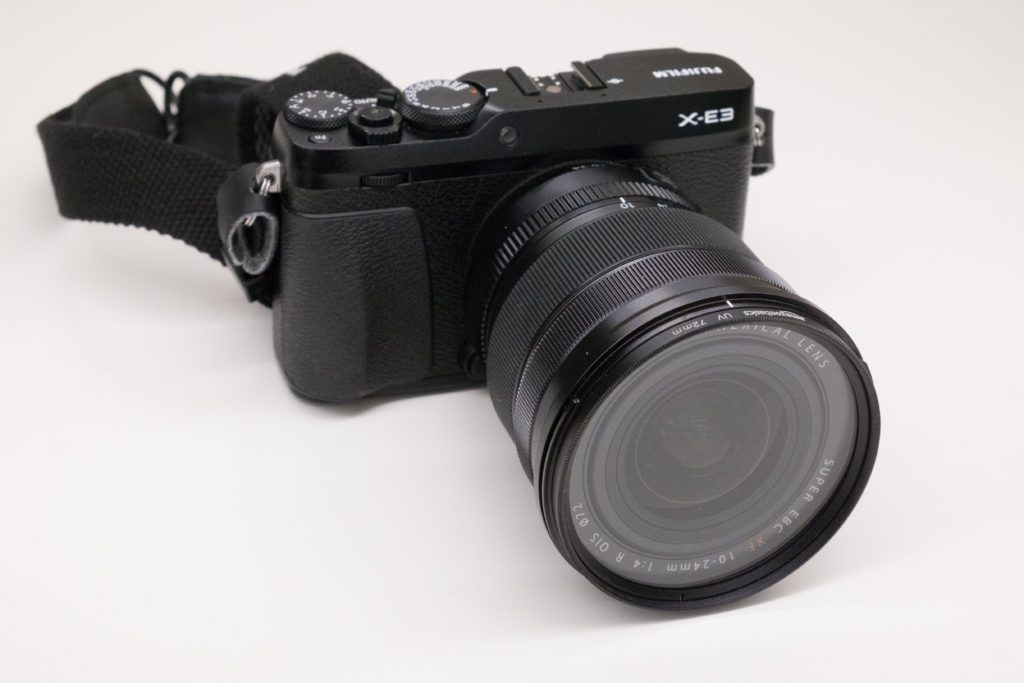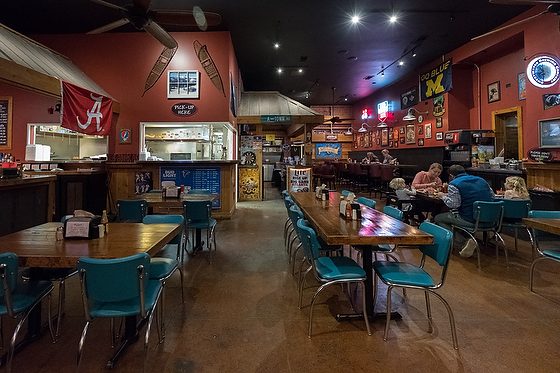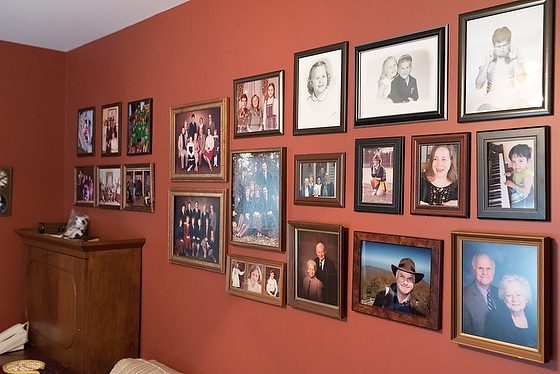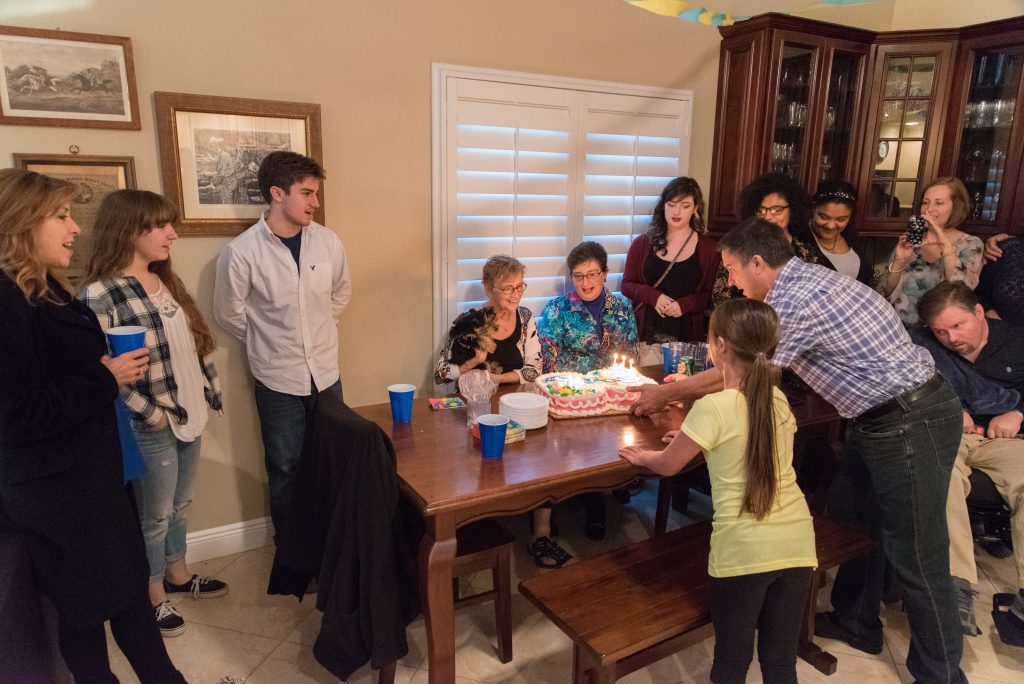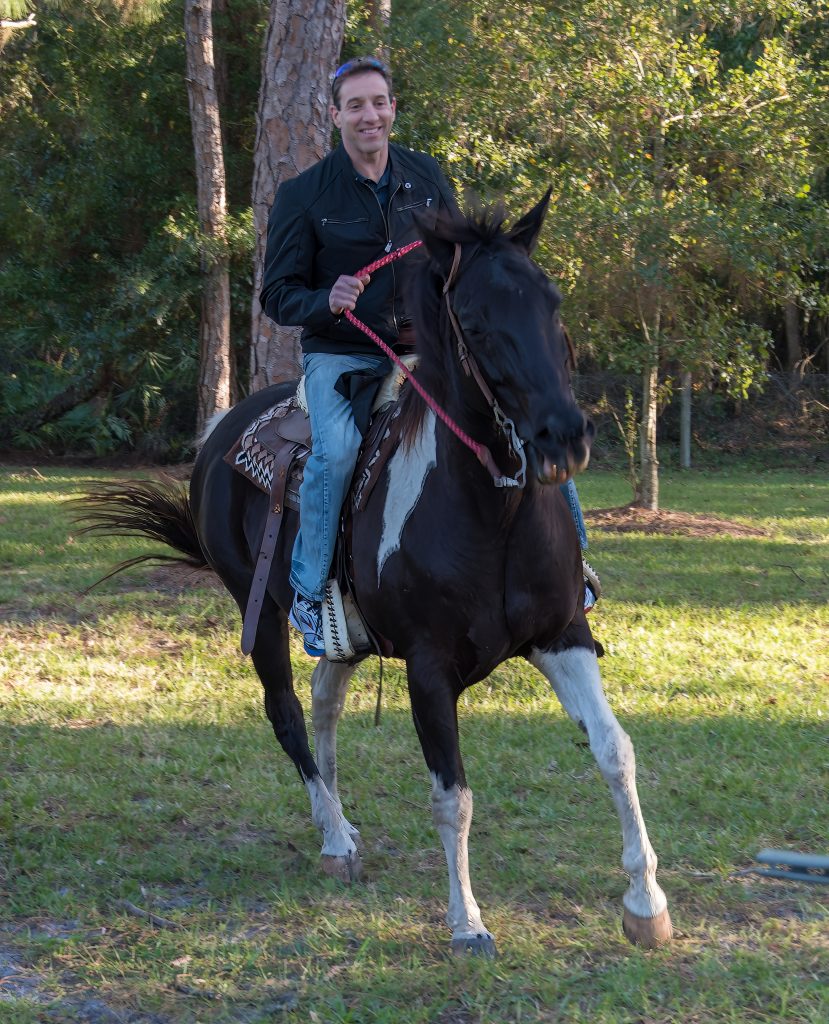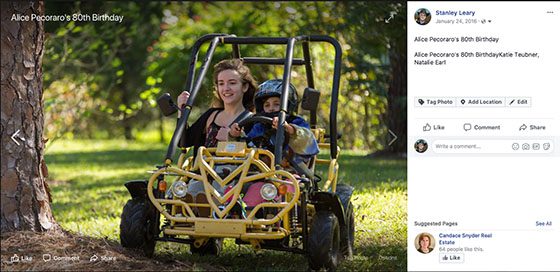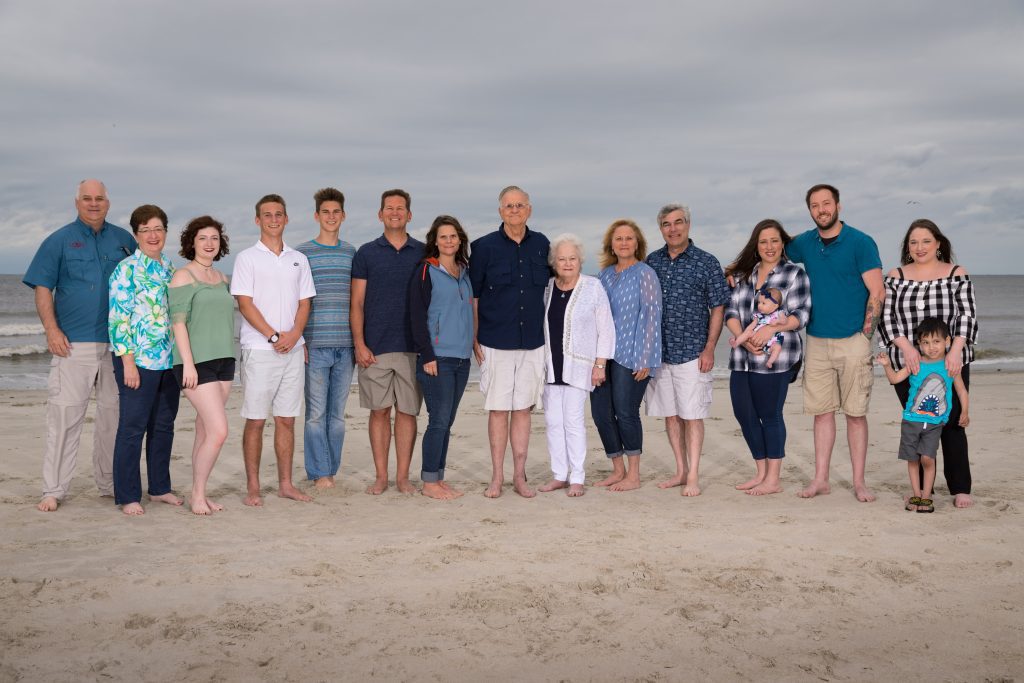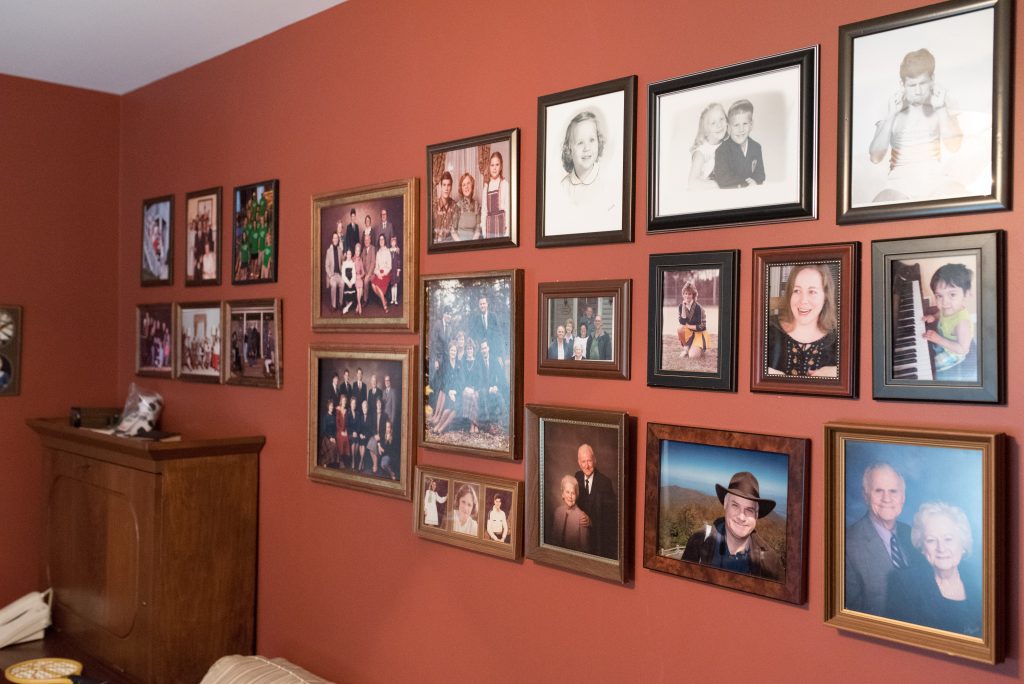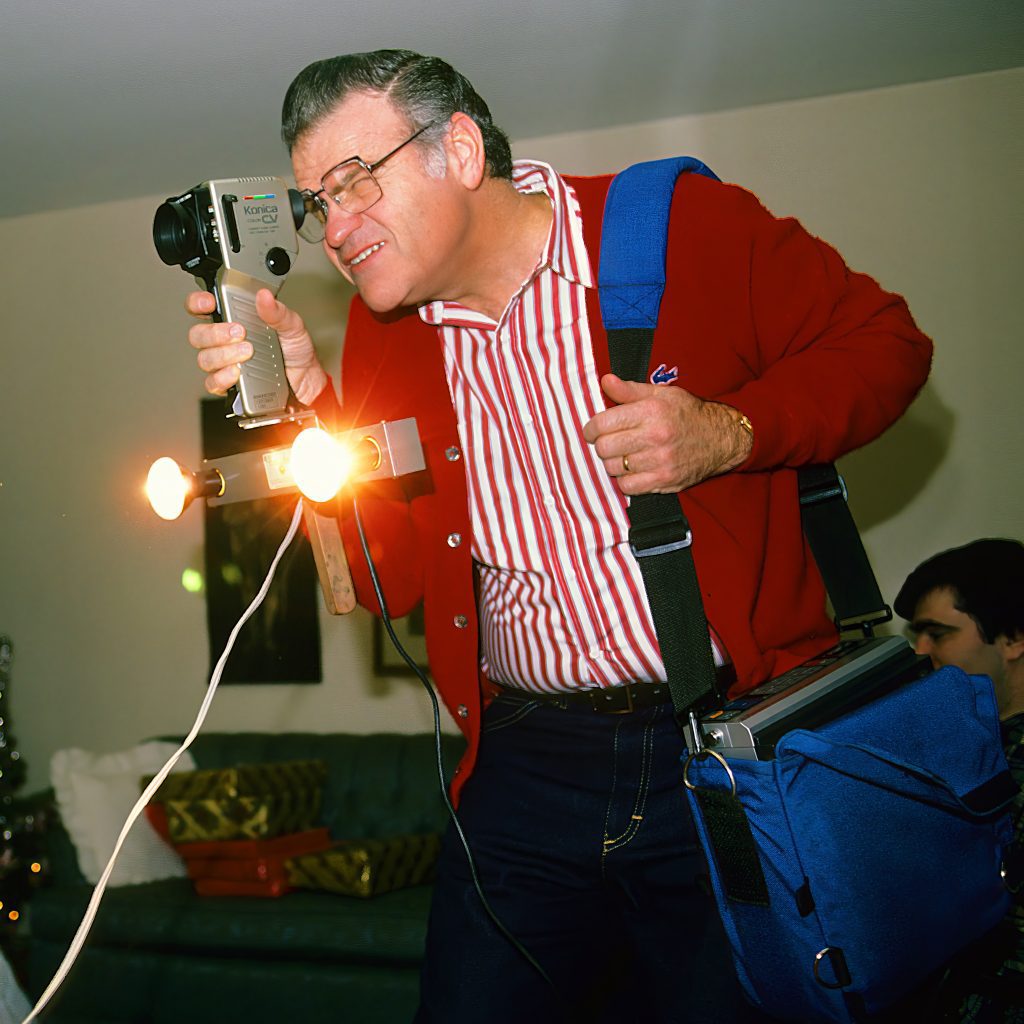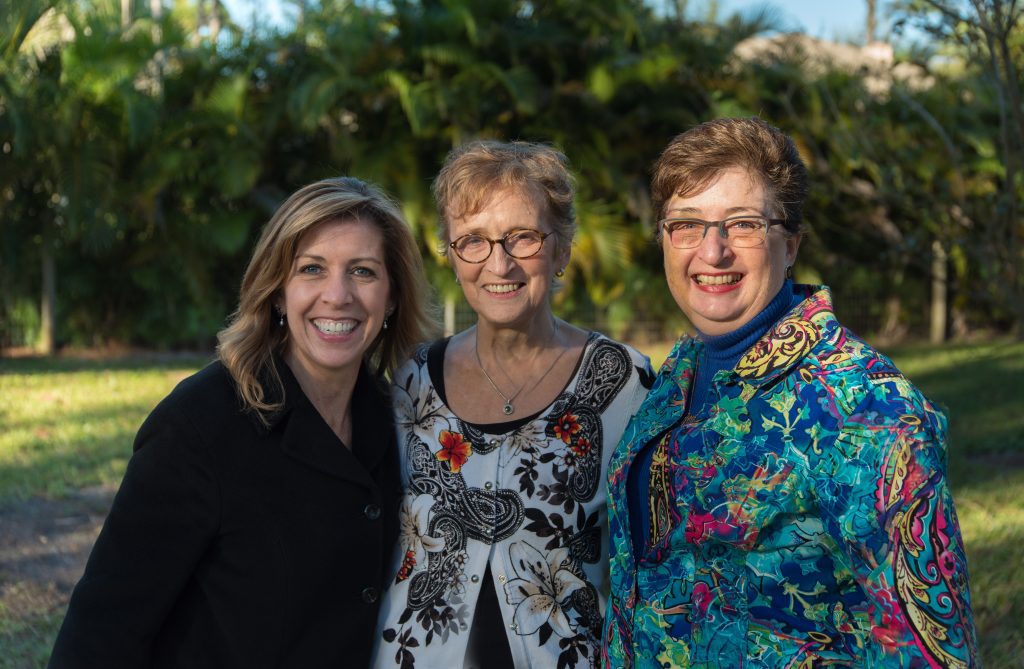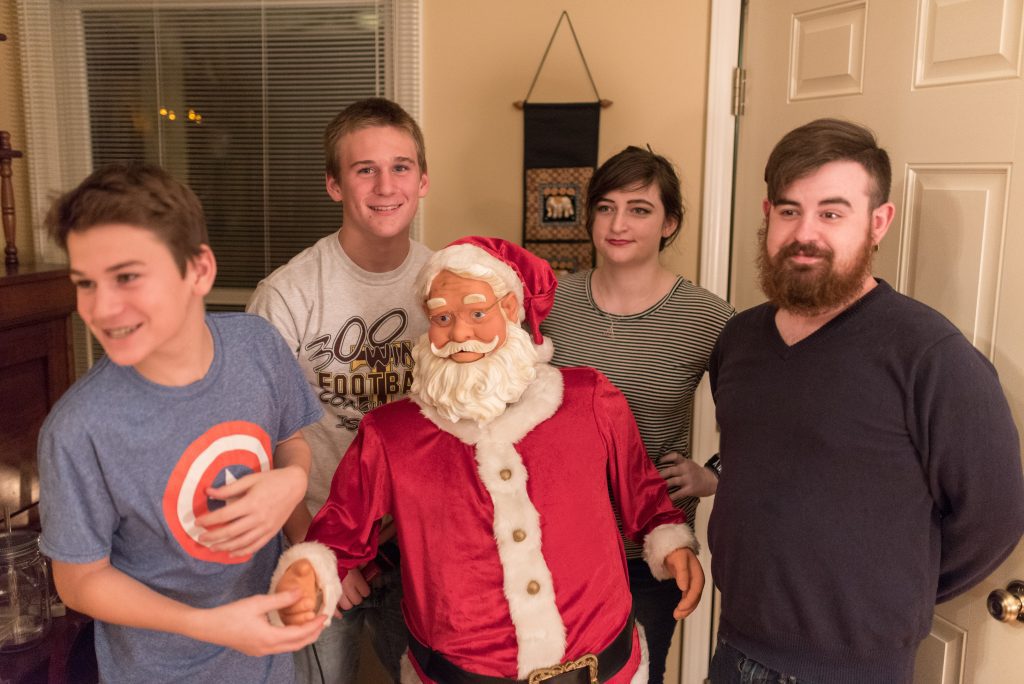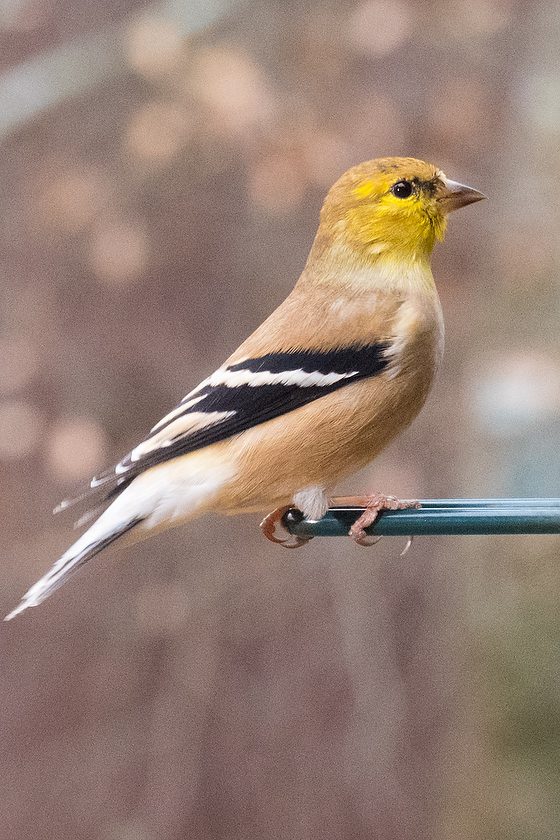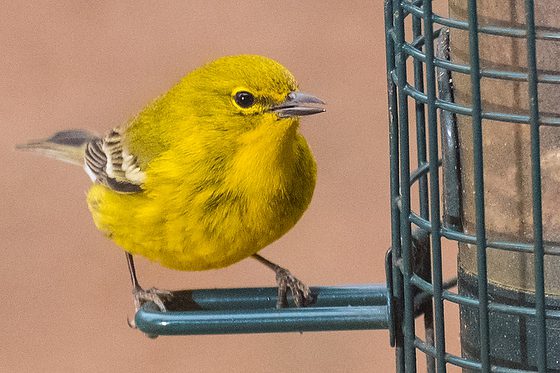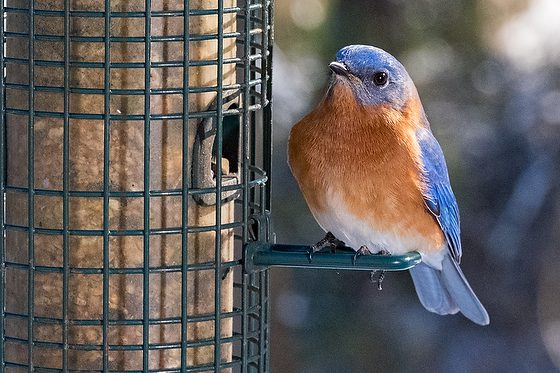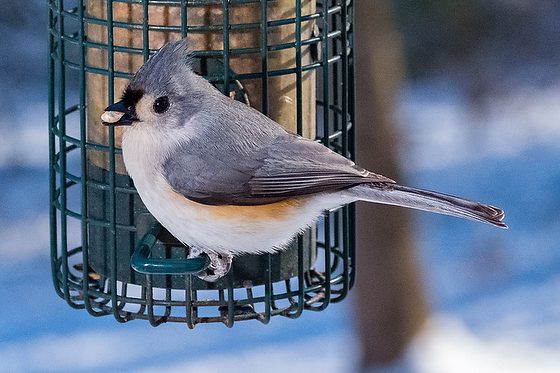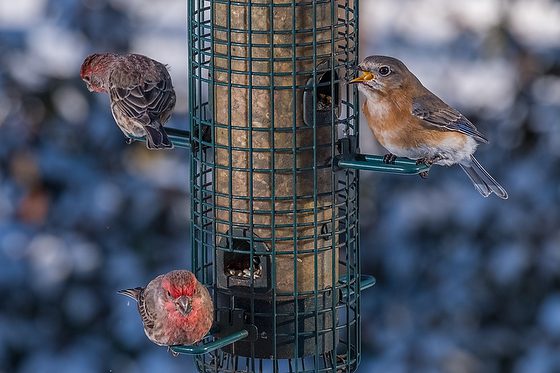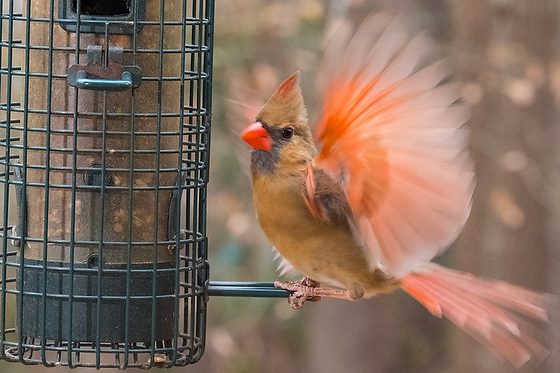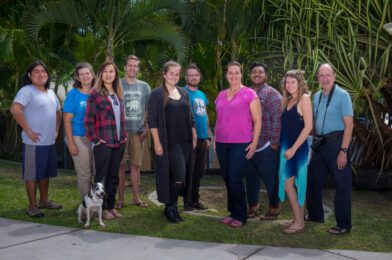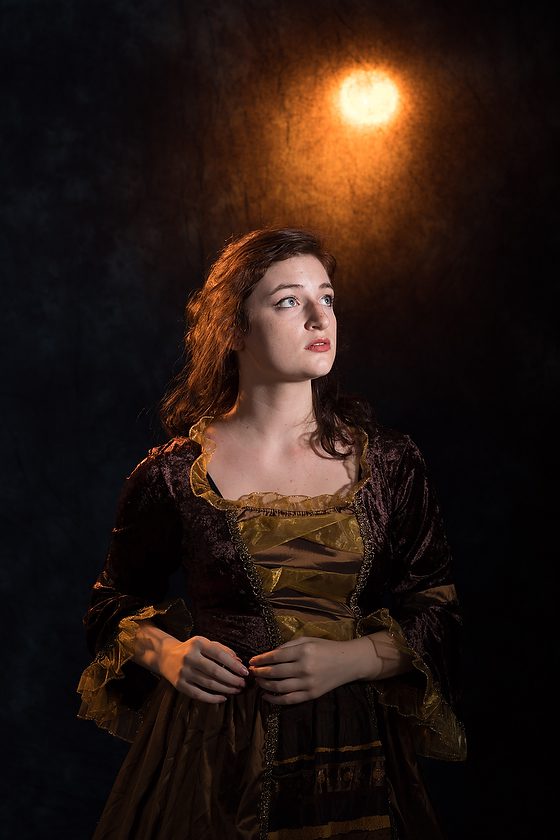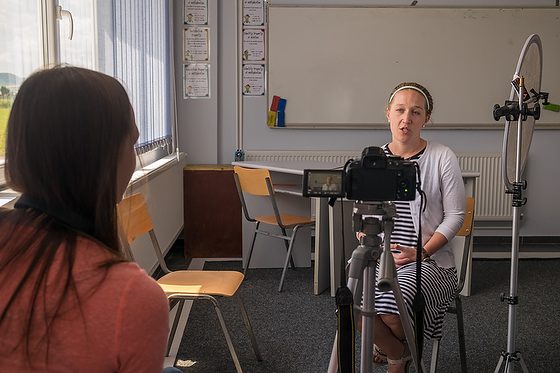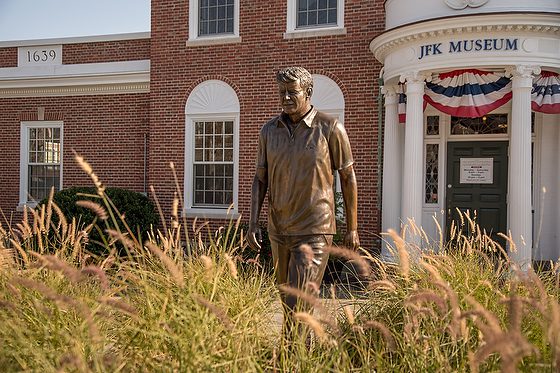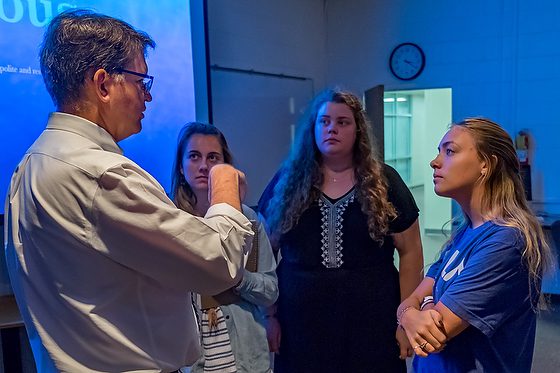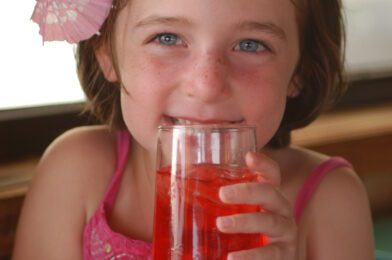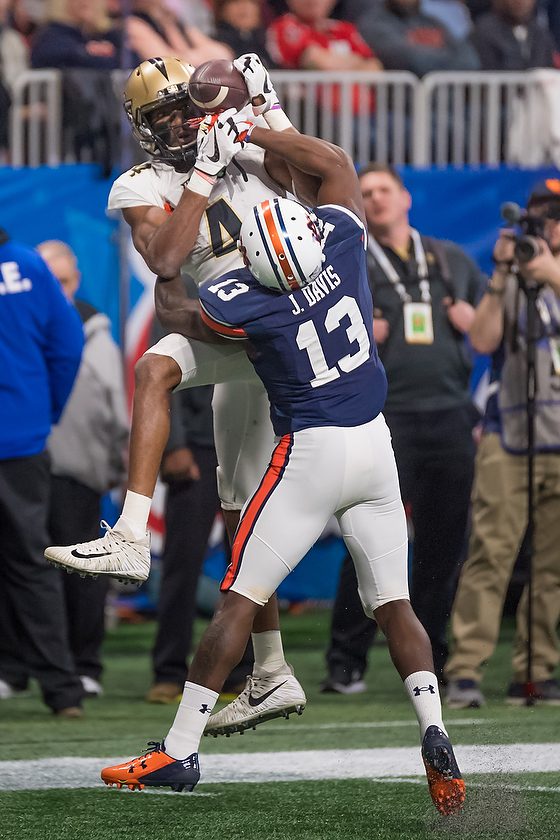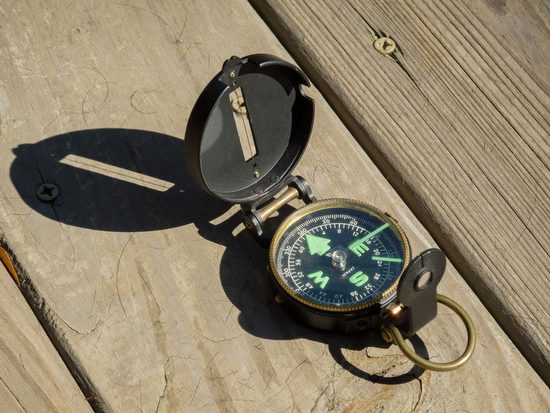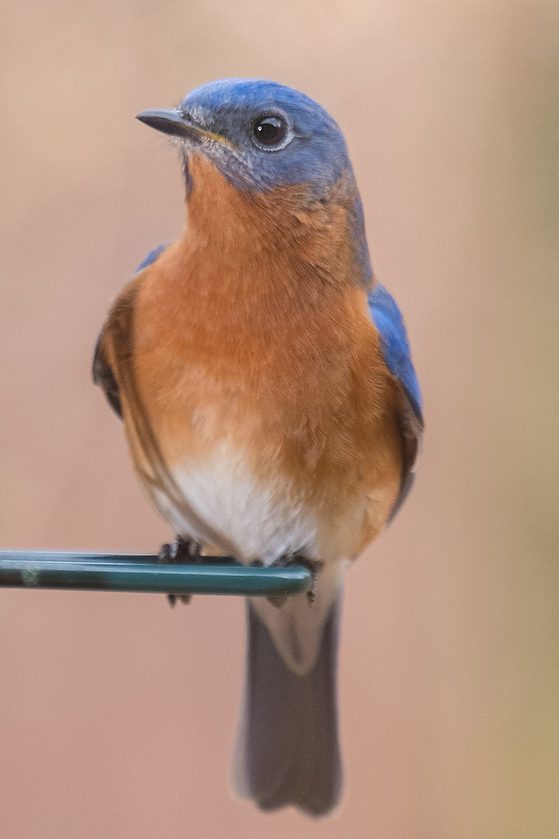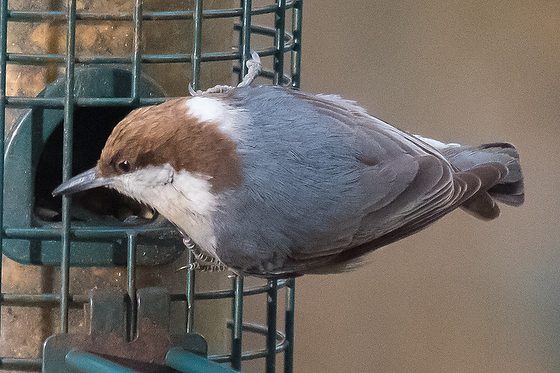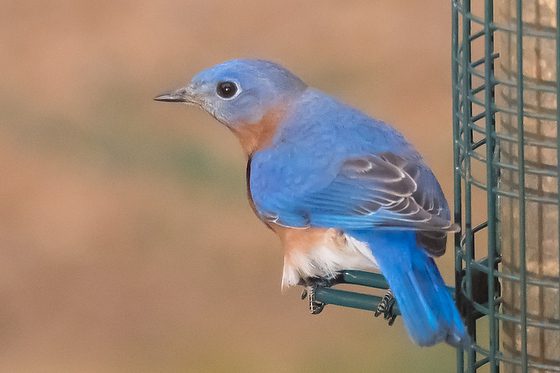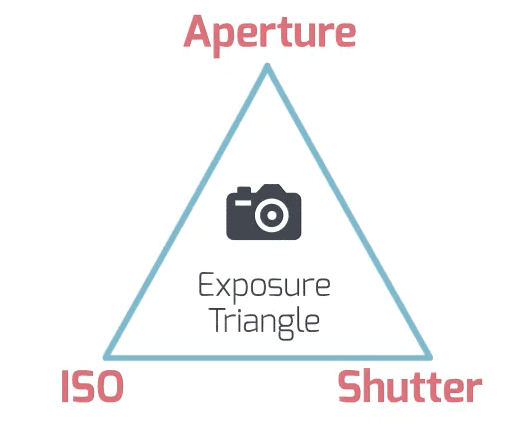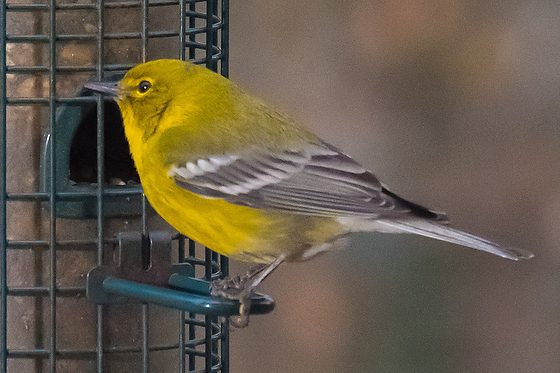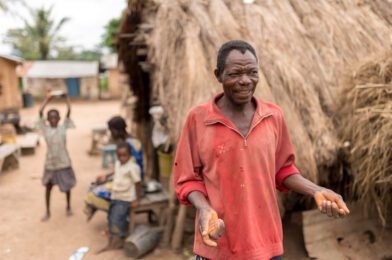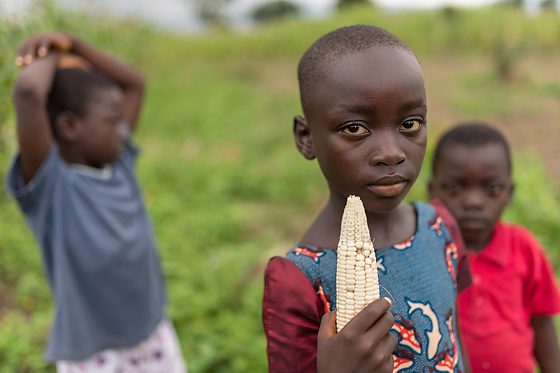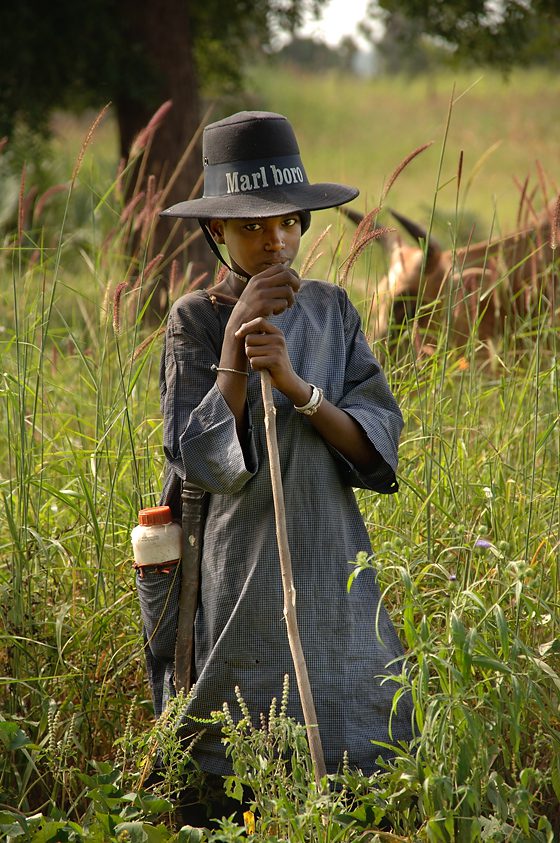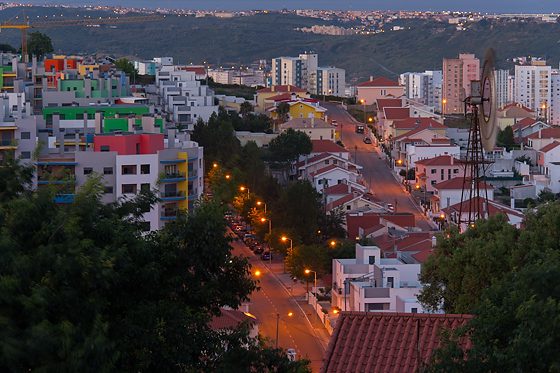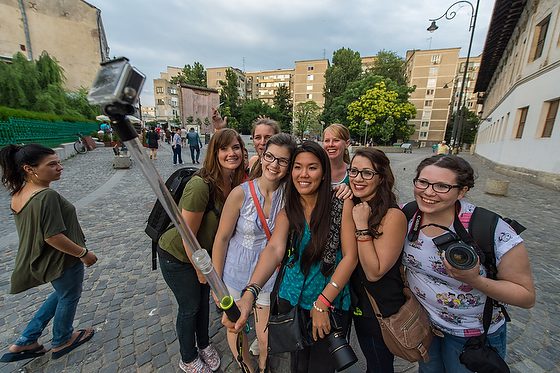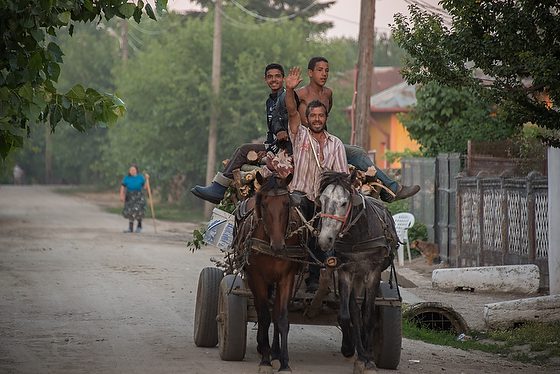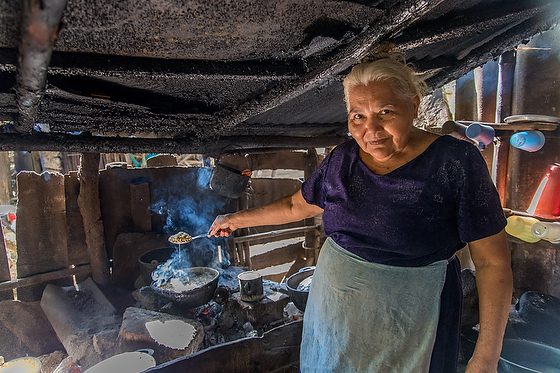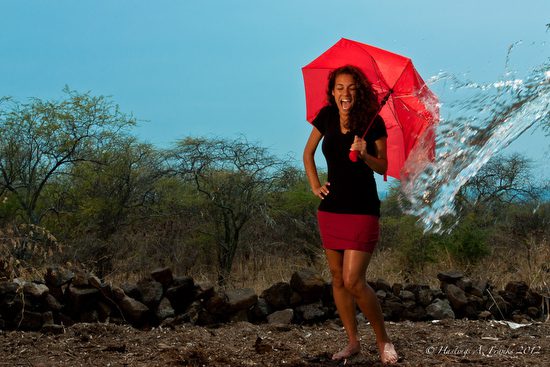
Six years ago when teaching lighting to the School of Photography 1 in Kona Gary S. Chapman’s daughter Sara helped as part of the staff for class. Sometimes she was a model for the students. This is one of the assignments I used to give where the students were mixing flash with available light. In this photo, Hasting Franks took the photo as other classmates tossed water onto Sara.
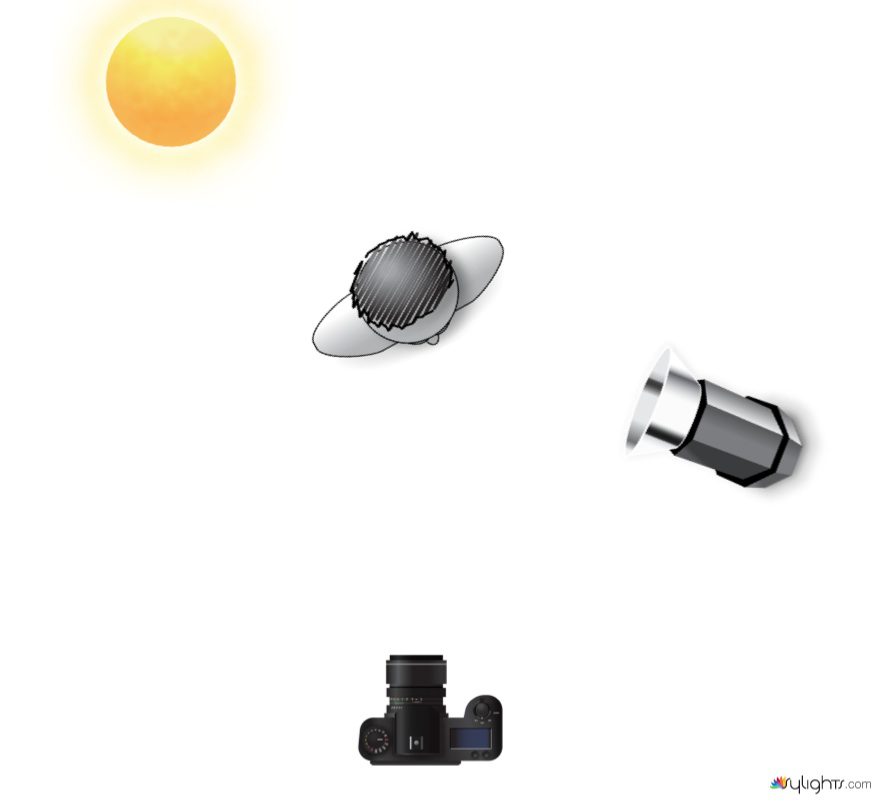
This was where the student’s used a studio monobloc light to overpower the sun to shoot the assignment.
Today more students are using the Godox because it is more affordable than their Sony, Nikon, Canon, or Fuji brand flashes.
I did a post not too long ago using them to light the soccer players.
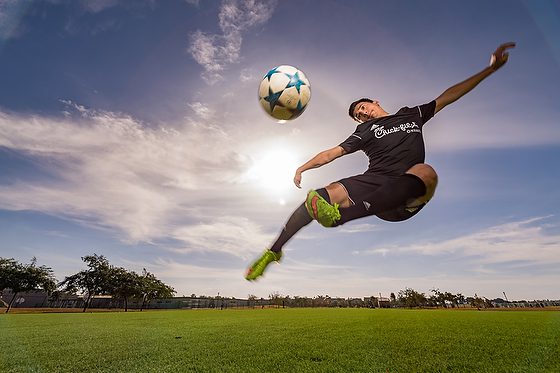
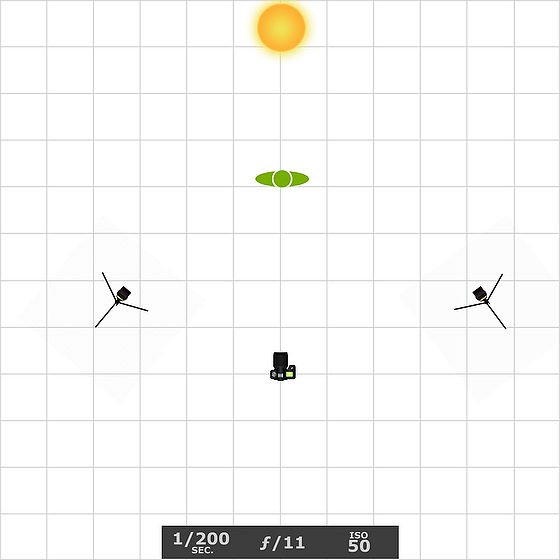
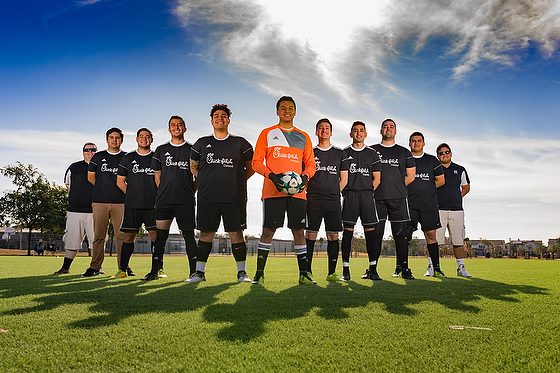
Here is the lighting setup for both of those soccer photos:
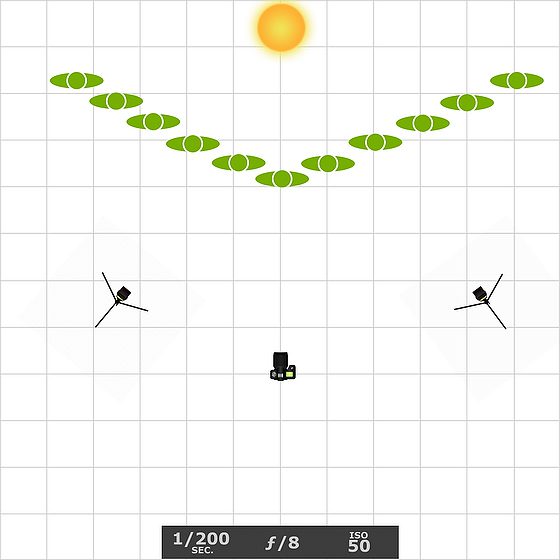
For the assignment shoot this week in Kona, Hawaii we were illustrating how to improve a difficult available lighting situation like this one here.
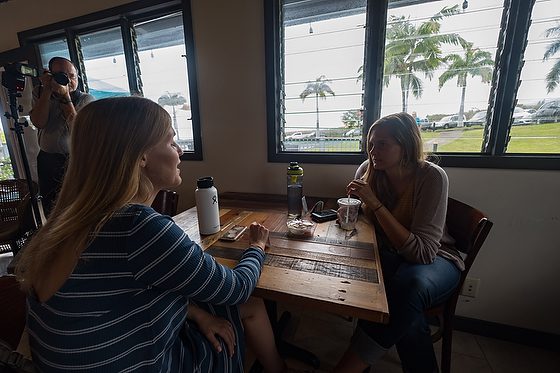
To do the assignment this year I took the class to the coffee shop on campus where it had been raining. I picked a situation where the off-camera flash could improve the lighting in a situation. Here you can see that one lady is backlighted and the other lady has a light on her face from the window.
On the far left you can see not just the Godox V860IIN but the instructor for the school Dennis Fahringer getting a photo of me demonstrating this to the class behind me.
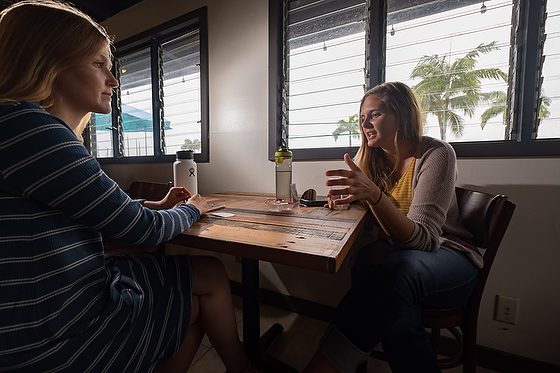
Here you can see how much the off-camera Godox V860IIN flash helped the photo.
The assignment PDF is here for you.
They have to first take a photo where there is no flash and then take a second photo where the flash improved the photo.
They are also making an environmental portrait. An environmental portrait is a portrait executed in the subject’s usual environment, such as in their home or workplace, and typically illuminates the subject’s life and surroundings. The term is most frequently used in a genre of photography.
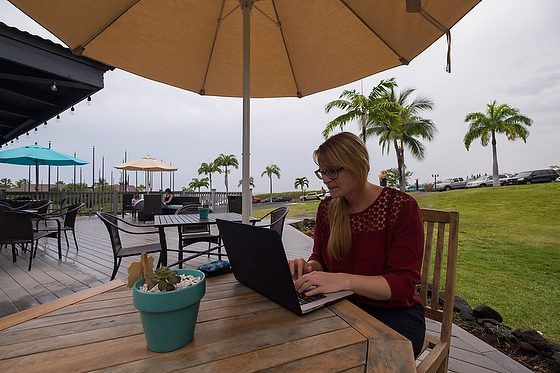
We went outside as well to demonstrate how someone sitting in the shade would benefit from an off-camera flash. I instruct the students to put the flash so it forms a triangle between the subject and the camera.
A good starting place is always at 45º, but they can put the light anywhere to help improve the lighting.
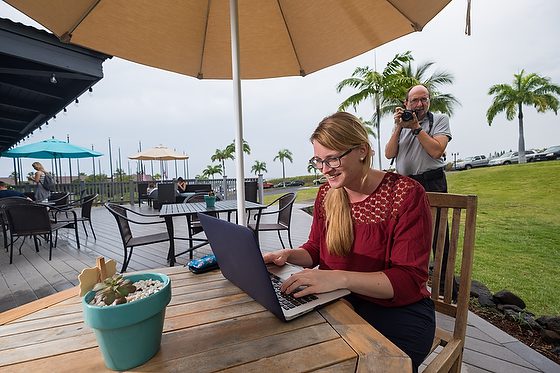
Here you can see the after shot showing better lighting on the face. Also, you can see Dennis taking more photos of the teaching time with the students.
I was using a wide-angle lens to capture the environment around the subject.
A couple of years ago I changed the assignment from just a mixed lighting assignment to more of an environmental portrait. In 2016 I walked around the campus doing a similar exercise and here is that post for you.
Godox V860IIN + Godox X1NT
This is the very first year where almost all the students had bought a similar flash. Most of the students have the Godox V860II + Godox X1T for their brand of camera.
Most all the students are shooting this assignment with the speed lights that they own rather than using the studio strobes that are available as well. No one wants to carry around the heavier gear if the lighter gear will do the job.
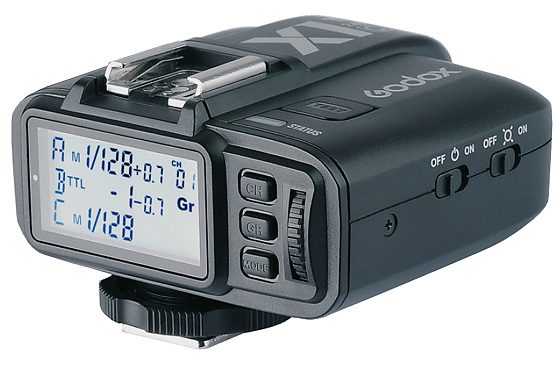
GODOX X1-N FEATURES
Godox 2.4GHz RF Radio System
Range – 100m +
Flash Modes – iTTL / M / OFF
HSS to 1/8000th
Second Curtain Sync
FEC / FEB – 1/3rd Increments (±3 Stops)
FEL (Flash Exposure Lock)
Manual Flash – 1/128 – 1/1 Output (1/3rd Increments)
Remote Flash Zoom (Auto / Manual) (Global for All Groups Only)
Group Mode – 5 Groups A / B / C / D / E (D & E Are Remote Manual Only)
32 Channels
Large LCD Display with Back Light
HSS Delay Setting – 0~19.9ms, (100us Increments)
Modeling flash
Auto Memory Function
AF Assist light (With an On/Off Switch)
Wireless Shutter Release
Micro USB Port for Firmware Upgrades
Transmitter PC Sync Port – Input & Output
Receiver 2.5mm Sync and Shutter Release Port – Output

